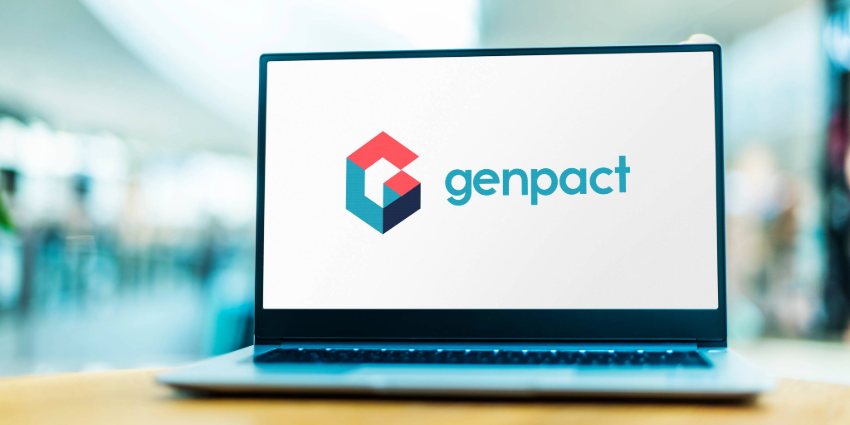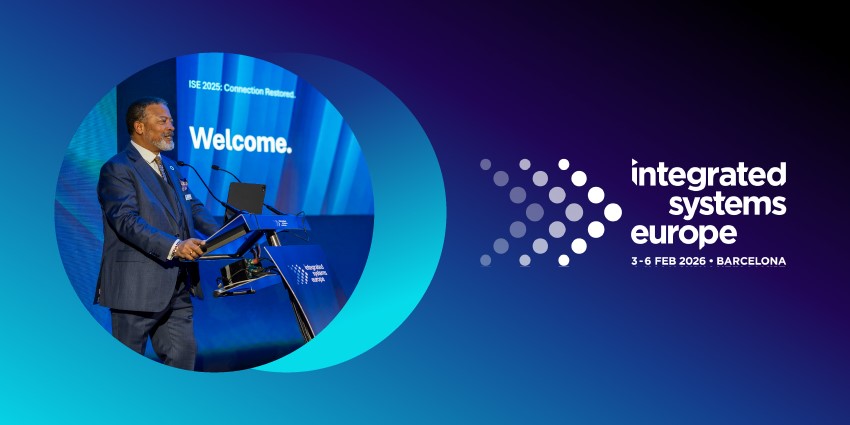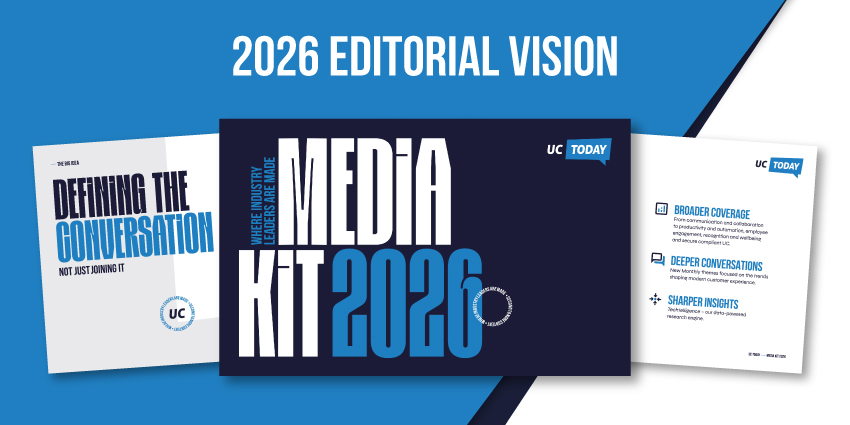Worldwide, regulations keep multiplying and mutating at a pace traditional compliance teams just can’t match. Whether you’re dealing with updates to GDPR, handling industry-specific guidelines, or trying to get your head around new mandates, like the EU AI Act, there’s a lot to take in.
Ultimately, that means relying on old-fashioned strategies for managing compliance, particularly as your company scales globally, rarely works out. The solution could be in fighting fire with fire. While AI introduces new risks and rules for businesses to deal with, AI compliance tools can also make handling those shifts a lot less painful.
That’s something Genpact, a leader in AI-led innovation, is proving, one successful case study at a time. Ready to grow without bumping your head into a new regulatory ceiling?
The Ever-Evolving Compliance Challenge for Enterprises
A couple of decades ago, compliance was all about checking boxes. Pen-and-paper procedures, siloed systems, manual testing, and exhausted teams. That world is gone.
Today, compliance goal posts are constantly shifting, and teams need to be faster, more agile, and more proactive. Regulations like the Sarbanes–Oxley Act demand continuous control testing. Meanwhile, privacy laws and AI-specific rules demand that firms handle data, bias, and algorithmic transparency in new ways.
Those aren’t the only problems. Many teams collect information in pockets. Legal has policy text, finance has expense reports, and HR has whistleblower notes. Rarely is there a single system tracing it all. No wonder companies end up with blind spots.
That’s where AI compliance tools start to rewrite the playbook. Solutions from companies like Genpact can ingest policies, financial data, chat logs, and more. They connect dots in ways humans can’t, surfacing control gaps, duplicate obligations, or anomalous spending.
AI Compliance Tools: The Possibilities
Many companies still think of AI as a tool for improving customer service, streamlining content creation, or automating basic everyday tasks. That’s only scratching the surface.
In fact, a report from Genpact found that 52 percent of business leaders agree that using generative AI for productivity alone is a mistake. Why not use the latest models and intelligent tools to tackle real problems, like handling compliance?
That’s the question companies like Genpact are starting to answer, with solutions that support:
Document Automation & Control Testing
Manual reviews are slow, error-prone, and unsustainable. Genpact’s generative AI suite includes intelligent document processing (IDP) that can extract, classify, and validate control-related content across thousands of documents. Platforms like Diligent’s Governance Cloud offer similar solutions for real-time control testing and insights.
These tools drastically reduce human error, speed up audit prep, and give leaders more confidence in what they’re signing off on. Plus, they help ensure audit readiness quickly.
Real-Time Monitoring & Anomaly Detection
Pattern recognition is a big deal for compliance, but even the best-trained compliance experts can miss subtle cues. Generative AI compliance tools can make the search for trends much more dynamic. Genpact’s tools have been used to detect irregularities in T&E spend, uncover out-of-policy claims, and escalate suspicious patterns. According to this case study, one implementation reduced managerial review times by 70 percent.
Companies are seeing similar results from solutions from companies like Theta Lake, which help organizations monitor electronic communications for risky behavior in a regulated industry. These tools are shifting compliance from a reactive to a proactive process.
Conversational Intelligence
Risk hides in conversations, employee questions, vendor chats, or hotline reports. Genpact’s work in conversational AI shows how LLMs can turn unstructured dialogue into insight. Compliance leaders can use it to detect emerging concerns, track tone and language trends, and surface themes from whistleblower channels or customer interactions.
Real-time analysis of conversations with customers, partners, stakeholders and more can also immediately notify business leaders when threats emerge, making it easier to stop problems from snowballing.
Risk Narratives & Audit Documentation
Regulators want clear stories about what happened, why it matters, and how it’s addressed. Generative AI compliance tools make building those stories a lot simpler. Solutions like Genpact’s “RiskCanvas” can source data from a multitude of different points and automatically generate narratives.
They can intelligently score risks, screen systems for discrepancies, create suspicious activity reports, and streamline case management for companies in regulated industries like finance. Companies can even create custom scenarios to simulate and plan for future risks.
Policy-Gap Analysis with LLMs
Policy drift, where internal standards fall out of sync with external rules, is a growing challenge. Genpact’s tools can compare internal policies against frameworks like the EU AI Act or GDPR, flag inconsistencies, and recommend changes. This preemptive capability helps enterprises stay aligned with global expectations.
Other solutions, such as ClauseMatch and Ascent, also show a growing demand for regulatory mapping and automated policy updating. After all, it’s easy to fall behind when new rules are constantly being drafted.
Responsible AI Governance
But what about the risks that come with AI in the first place? Once again, the fighting fire with fire approach can work here too. Genpact, for instance, emphasizes a “creativity and constraints” approach to using AI compliance tools.
It’s all about balancing innovation with ethics, explainability, audit trails, and data security. Every model they deploy includes a governance layer to ensure responsible use. Other companies are following this strategy, too, like Microsoft with its Azure AI governance toolkit, IBM with OpenPages, and Salesforce’s Einstein trust layer.
AI Compliance Tools in Action: Real-World Case Studies
The best way to understand the power of AI compliance tools is to see what happens when they’re put to the test. So, let’s take a look at what companies have actually achieved by bringing AI into compliance workflows.
Upgrading Multi-Jurisdiction Healthcare Compliance
One global healthcare company faced a common challenge: compliance obligations were scattered across 20+ jurisdictions, and tracked manually. Genpact deployed a generative AI solution that automated regulatory mapping, cross-checked obligations against internal policies, and generated reporting summaries.
The result? Regulatory reporting time was cut in half, with faster turnaround and fewer errors. The team even said that they can now make decisions faster, figuring out where to prioritize R&D investments and learning which risks come with new product rollouts.
SOX Controllership Overhaul with AI Compliance Tools
A global cosmetics firm needed to upgrade its Sarbanes–Oxley (SOX) compliance process, which was too slow and too manual. Genpact helped the company automate internal control documentation, implement continuous testing, and create real-time dashboards for auditors.
Thanks to Genpact’s AI compliance tools, the company has reduced control weaknesses by 95 percent, cut control monitoring costs by 30 percent, increased risk coverage, and enabled better business decision-making. Overall, deficiencies in the compliance system were slashed by a staggering 90 percent.
Travel & Entertainment Policy Enforcement
Another Genpact client struggled with policy violations that went undetected until audit season. Using Genpact’s T&E compliance solution, the team implemented AI that scanned claims for inconsistent categorization, out-of-policy vendors, and reimbursement anomalies. The system flagged problematic claims in real time, enabling quicker responses and a stronger compliance culture.
With the AI compliance tools, the company achieved cost savings of $7 million in just the first 12 months. Plus, they now have greater visibility into their data, complete insights into all of their data, and a faster way to identify high-risk issues.
The Benefits of AI Compliance Tools
Ultimately, AI compliance tools aren’t just helping businesses stay ahead of more complicated and headache-inducing rules. Yes, these solutions are fantastic for navigating the maze of endless compliance frameworks, but they’re introducing other benefits too, like:
- Efficiency: With AI automating manual tasks like control testing, policy mapping, and document review, teams spend less time manually connecting the dots.
- Accuracy: NLP models can spot anomalies or inconsistencies that humans might miss, flagging risk with greater precision.
- Risk Management: AI enables predictive analytics that identify issues before they escalate. In other words, companies can take a proactive approach to mitigating threats.
- Competitive Edge: More visibility into data means faster, more effective decision-making. Companies can grow and innovate fast, without tripping over compliance hurdles.
Then there are the cost savings to consider, too. Not just less money spent paying for regulatory fines, but fewer costs for hiring external auditors, analytics teams, and data wranglers.
Simplifying Safety with AI Compliance Tools
Regulatory demands are rising, data volumes are exploding, and compliance teams constantly need to do more with less. AI compliance tools won’t solve everything, but they’re already reshaping how leading companies manage risk, automate controls, and prepare for audits.
Genpact’s tech and case studies prove that now is the perfect time to change. It’s not just about embracing new technology; it’s about shifting compliance management from an exhausting, reactive function to an actual proactive advantage.
A new “compliance-by-design” mindset, enhanced by AI tools, is how businesses can more effectively address today’s risks and safeguard themselves against tomorrow’s threats.
If you’re still relying on spreadsheets and quarterly reviews, it might be time to ask: What’s your next move? The tools are here. The frameworks exist. The leaders are acting. It’s your turn to define what smart compliance looks like.







